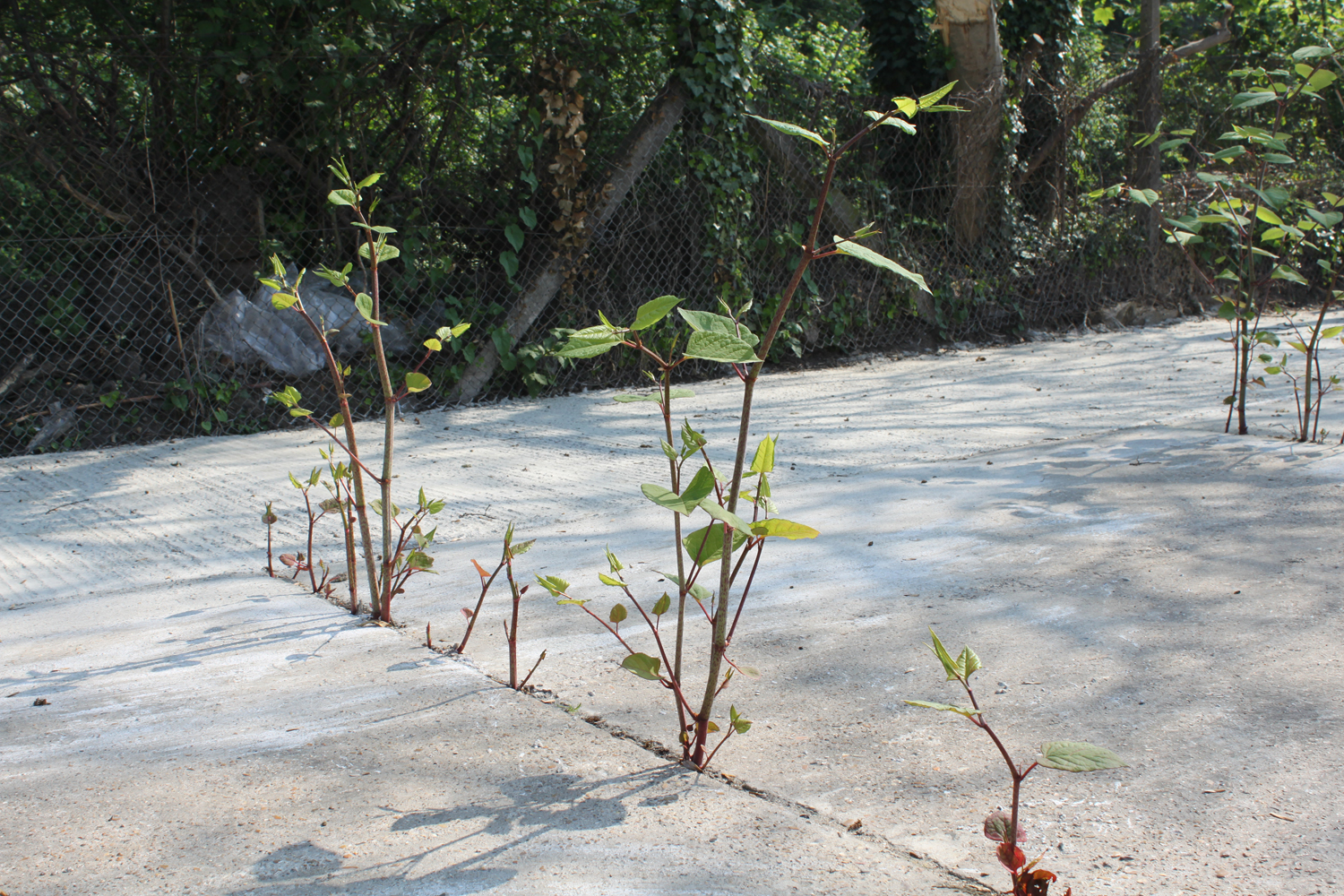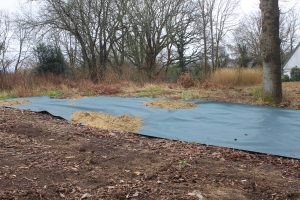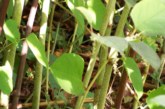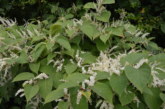
Nic Seal, Founder and MD of Environet, outlines the results of a recent field trial of a new membrane to contain Japanese knotweed and explains its significance.
Japanese knotweed is an invasive plant species that was introduced into the UK around 1850. It can now be found all over the UK, on brownfield sites, highways, railways, canals, rivers, gardens, parks, and even graveyards. It is notoriously difficult to kill and causes damage to property, growing through asphalt, blocking underground drains, coming up through floors and damaging walls. Unless a professional treatment plan is in place with an insurance-backed guarantee, mortgages are often refused on properties affected by knotweed, causing adverse effects on property values.
Where the removal of Japanese knotweed through physical excavation is the preferred solution, horizontal membranes laid beneath the surface of the ground can be useful in locations where it is not possible to remove or kill all the knotweed crowns and rhizomes. This could be, for example, where underground services such as drainage and sewerage are present, where the land cannot be disturbed as a result of a tree preservation order, or where the costs are prohibitive.

New membrane
A new membrane developed by global science and engineering firm DuPont, Plantex® Platinium, has been found to be successful in containing Japanese knotweed, following field trials carried out by my team of knotweed specialists at Environet.
Existing membranes that are effective at dealing with Japanese knotweed are usually impermeable to water, which, when installed horizontally over large areas, can create problems with drainage leading to flooding and ground instability.
DuPont approached Environet in 2017 with Plantex® Platinium, a new permeable membrane designed to control Japanese knotweed without the associated drainage issues. Environet conducted field trials over the 2017 growing season (March to November) at our Japanese knotweed infested test site in West Sussex. To put the product under extreme test conditions, no attempt was made to remove any of the crowns or rhizomes prior to the installation of a 10 by 5m sheet of Plantex® Platinium. The membrane was then covered with a minimum of 100mm clean topsoil and monitored throughout the season for knotweed growth.
No new growth
No emergence was observed during the monitoring period, however, new growth was encountered around the periphery and was evident running horizontally beneath the membrane when it was lifted.
Carl Festré, DuPont EMEA Marketing Manager, Typar® and Plantex®, said: “We are happy with the results of the DuPont™ Plantex® Platinium test conducted by Environet in the fight against Japanese Knotweed. These results confirm that Plantex Platinium offers an effective, cost competitive and practical solution to control the spread of Japanese Knotweed. As a manufacturer we will continue to look for opportunities to improve the product and the installation techniques to ensure full satisfaction of our customers.”
The results of our field trials indicate that Plantex® Platinium is extremely effective at controlling Japanese knotweed, even though it doesn’t kill it. I’m confident this will be a game-changer for clients in the commercial and residential sectors.
DuPont™ and all products denoted with ® are trademarks or registered trademarks of E.I du Pont de Nemours and Company of its affiliates.



